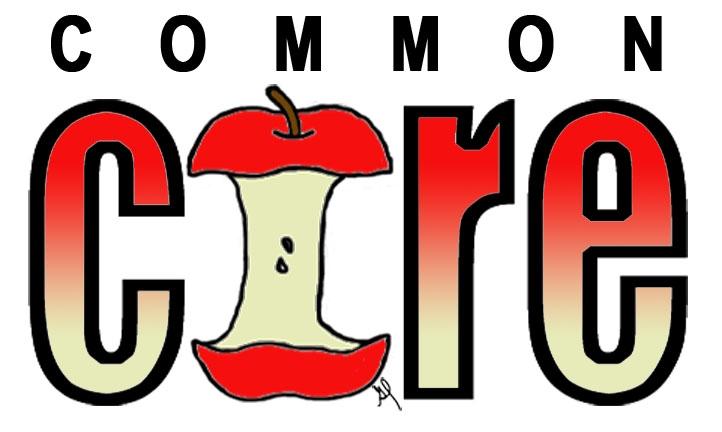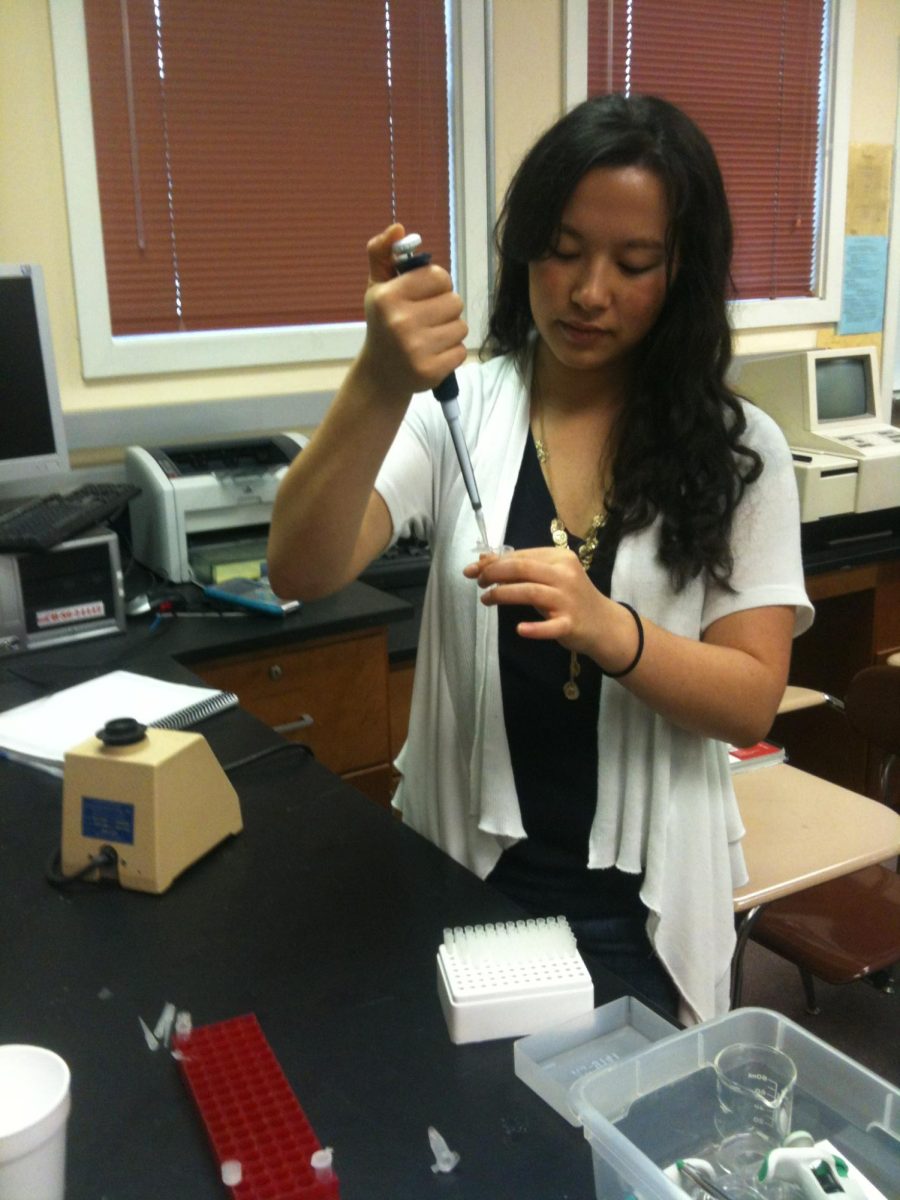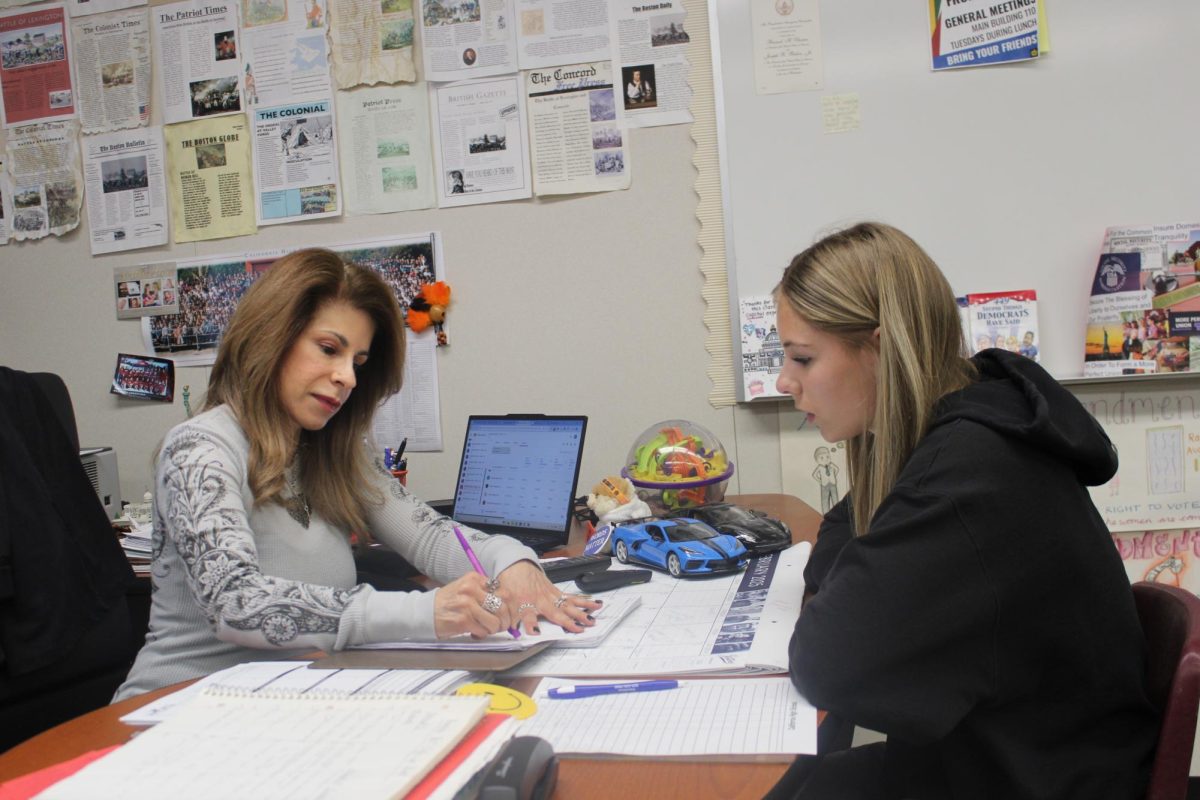Teachers at Cal High have used the summer to change their curriculum and adopt the new Common Core State Standards, which focus on reading more in all classes, especially non-fiction texts.
English teacher Donna Montague said she is trying not to focus so much on rote memorization but promote deeper levels of thinking to follow the Common Core ideals.
She also redesigned her class to have more student-to-student interaction, instead of just the teacher leading the class.
Juniors Emily Anderson and Ali Nunes did not know about Common Core, but both have noticed an increase of non-fiction reading in their classrooms.
“There’s more critical thinking for sure,” Nunes said.
Even though no new standards specific to the sciences have been developed, they have been changed to embrace Common Core as well.
“Biology already has a lot of Common Core components,” said science teacher Joanna Condon.
More writing is being introduced to the science courses.
Condon added three more writing assignments in her class, including a daily reflective journal entry and a science news report.
In her classroom, students will choose their own research topic and the report will help show them what they’re learning applies to in the real world. The course will also focus more on creating and designing.
In math classes, the ability to understand and apply concepts for real-life situations is stressed.
“I’ll emphasize more of the writing of math, which kind of gets glossed over,” math teacher Janice Saiki said.
There will be more group activities and figuring things out on their own. Students will also have to justify their answers more in Saiki’s class.
But some students don’t agree with this shift to Common Core.
“The old standards worked for a lot of people I know,” said sophomore Jenna Burns. “Did they really need to change them?”
According to the Common Core website, these new standards are research and evidence based to be aligned with college and work expectations. They are meant to be rigorous and are internationally benchmarked, according to the Common Core website.
“Common Core is realigning us with good education practices,” said Catie Hawkins, Cal’s Common Core coach.
Hawkins’ main job is to translate the new standards for the teachers to integrate into their courses.
The standards don’t address students well above or below their grade level expectation, according to the website. The new K-7 standards prepare for Algebra I in eighth grade but don’t dictate the sequence of high school courses, according to the website.
With these changes in curriculum, it is only natural that a new end-of-the-year test will come along.
Now that the STAR tests will not longer be administered, the Smarter Balanced Assessment Consortium will be creating the new summative tests, Hawkins said.
This year, students throughout Califonria will not be taking STAR tests, Hawkins said. (See the full story on The Californian’s Twitter @_TheCalifornian).
The new assessment will be given out as a “Field Test” to 15-20 percent of the participating schools near the end of this year. The first fully functional test will be administered in the 2014-15 school year according to the Common Core website.
Hawkins said Cal will apply to be part of that field test, but she doesn’t know if the school’s application will be accepted.
Only grades 3-8 and 11 will take the new summative tests for English and mathematics based on Common Core. This year’s sophomores will be part of the first junior class to take the real Smarter Balanced tests in spring of 2015.
Hawkins said the new tests will be called SBAC, which stands for Smarter Balanced Assessment Consortium.
The new assessment will be delivered online and will use computer adaptive testing (CAT), according to the Smarter Balanced website.
CAT provides a more accurate level of student achievement, especially on the high and low ends of the spectrum. It also goes beyond multiple-choice questions and has short and extended constructed response questions and performance tasks.
The new assessment will also adjust the next set of questions based on the answers already given by the student. A pencil and paper version will also be available during the three-year transition period.
Smarter Balanced is funded by a four-year grant of $175 million from the U.S. Department of Education and contributions from charitable foundations.
Though the grant will end in September 2014, Smarter Balanced does not plan to seek additional federal funding and will rely on the support of its member states, according to its website.
But according to an article in the San Ramon Valley Times, the state of California stands to lose federal funding because it will stop administering the STAR test and doesn’t want to publish the new SBAC scores for two years.
Under the No Child Left Behind law, which expires later in the year, California must bring most students up to the proficiency level. With new material and tests, the scores may be lower than usual and reflect badly on California education as a whole.
Smarter Balanced has already released their SBAC test questions on their website. More information about the Common Core and the Smarter Balanced tests can be found at www.corestandards.org and www.smarterbalanced.org.






